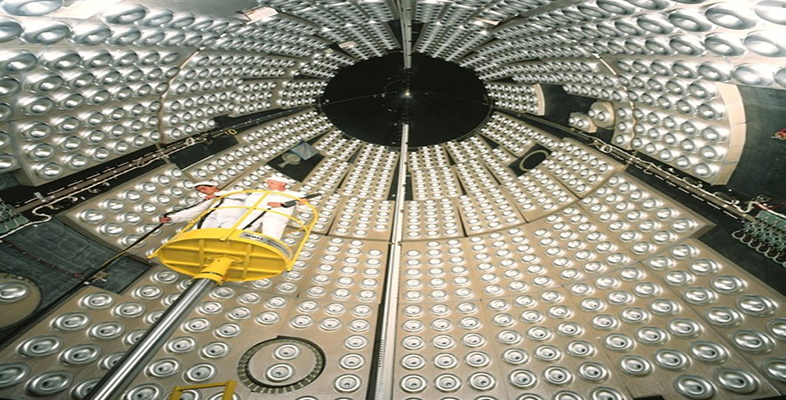5.8 Market driving innovation
The acclaimed HBO TV series Mad Men follows the emergence and development of the advertising industry in the USA through the 1950s and 1960s. If you have watched the series you will be familiar with the extent to which consumer demand or need became an increasingly important feature of the market for consumer goods of almost every type during this period. The reasons for this – and the challenge created for manufacturers and retailers – are worth noting:
The rise of social science subjects, such as human and economic geography and the sociology of consumption, generated new ideas about markets and demand, informing and advising governments, which developed ‘predict and provide’ policies. It was also a time of growing consumer awareness and movement, such as those demanding greater automobile safety. The management challenge of this process is relatively simple: invest in marketing.
Identifying consumer demand was a key feature of the second-generation model of innovation, and marketing became a recognised feature of the third generation. There is, however, another dimension to marketing/advertising activity that becomes increasingly evident as the Mad Men series develops (i.e. as they move deeper into the 1960s). This is the extent to which manufacturers and retailers try to create (and then maintain) demand for a product or service, usually through clever, highly visible advertising and other forms of marketing. In some cases this has been a highly successful strategy. Indeed, by the early 2000s a study that included in its research sample several commercial organisations that were, at that time, recognised as extremely successful concluded that:
Firms are constantly exhorted to become more market driven. However, our study of 25 pioneering companies (e.g. Body Shop, IKEA, Tetra Pak) whose success has been based on radical business innovation indicates that such companies are better described as market driving. While market driven processes are excellent in generating incremental innovation, they rarely produce the type of radical innovation which underlies market driving companies. Market driving companies, who are generally new entrants into an industry, gain a more sustainable competitive advantage by delivering a leap in customer value through a unique business system. Market driving strategies entail high risk, but also offer a firm the potential to revolutionize an industry and reap vast rewards.
Legislation, regulation, funding, location and even fashions or fads can also be causally significant in driving innovation. However, we now want to turn our attention to a more in-depth examination of the relationship between management and innovation.
